I tried Google's Pixel 8a for a week – here's why it's now my fave affordable phone
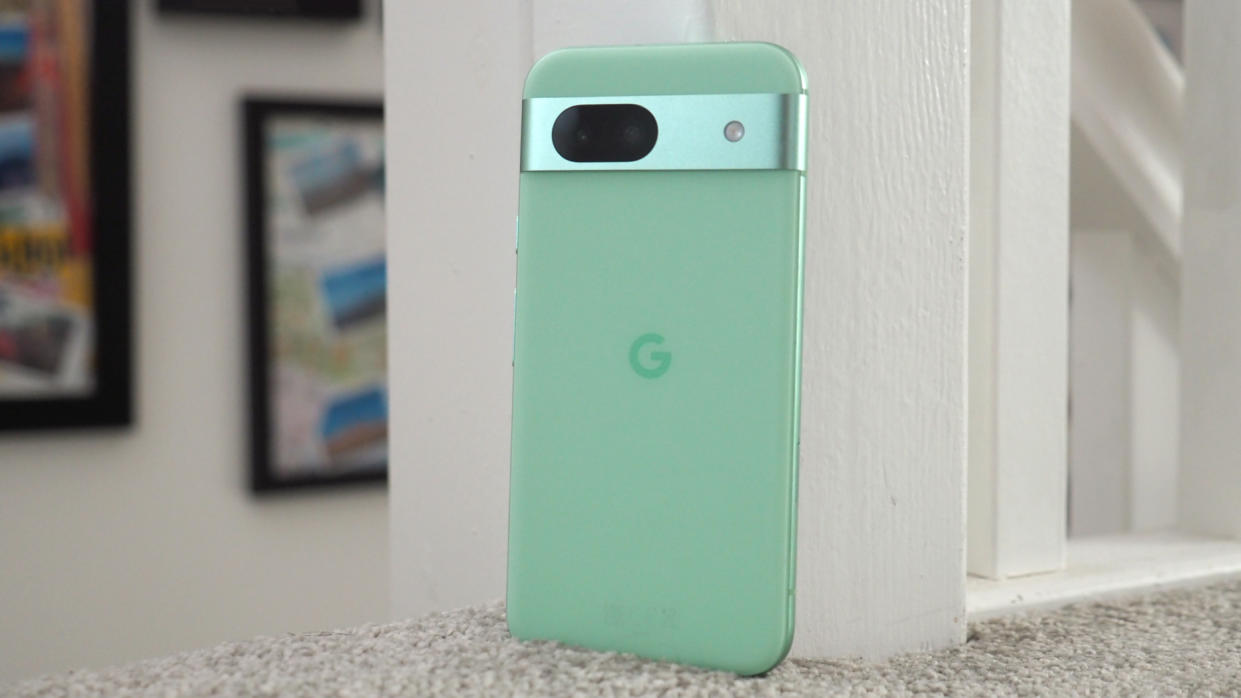
It's a major week for Google: not only is the tech company's I/O conference set to reveal the future of Android, it's also the week the affordable Pixel 8a handset goes on sale. A handset that I've been using non-stop as my own for the past five days – and which has quickly made a case for being the best affordable phone money can buy.
It's a section of the market that's hotly contested of course – indeed, I've recently reviewed the Samsung Galaxy A55 and (cheaper) Nothing Phone (2a), so I know the competition inside out. There's more in the pipeline from major competitors too, no doubt, so Google getting its budget Pixel right in 2024 is a must.
Ahead of my full Pixel 8a review – I'm going to be using the handset whilst on a personal trip over the next week to get a fully 'lived-with' feel – here I'm going to highlight a trio of design and feature aspects that make this one of the best Android phones for those not seeking a pricier flagship, such as the Pixel 8 Pro.
1. Aloe there! A colourful design
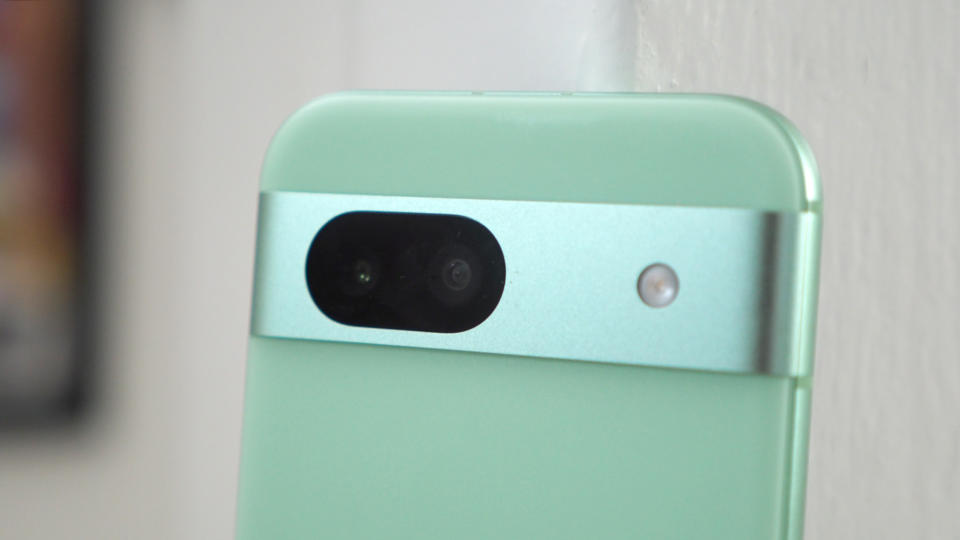
While I'd usually be in despair that a phone wasn't glass-backed, with the Pixel 8a the almost soft, stone-like plastic shell is actually really appealing. It's lightweight (the phone weighs 188g), it's comfortable to hold, and it's backed up by an aluminium frame for rigidity.
Most standout, however, as you'll no doubt have seen in my pictures on this page, is the all-new Aloe finish. It's almost mint-like in its green hue, certainly eye-catching, and I'm enjoying the summery look and feel of this finish. There's also blue option (Bay) if you want a different primary colour, while black (Obsidian) and white (Porcelain) ensure the classic tastes are catered.
With a 6.1-inch display, the Pixel 8a feels pretty small in my hands – but I'm most used to the best phones of today, which tend to lean towards 6.7-inch scale – yet it's nice and easy to pocket and not too slippery like many of those polished glass competitors are. Furthermore the rear camera 'bar' – a distinctive Pixel design element – doesn't protrude too profusely as to get in the way.
I think the Pixel 8a is a small, neat and measured handset – especially if you're keen on getting one of the best small phones on the market. It holds its own from a design and aesthetic presence compared to its nearest competition, or an alternative such as the Sony Xperia 10 V (with its unusual 21:9 aspect ratio screen).
2. Tensor G3 power
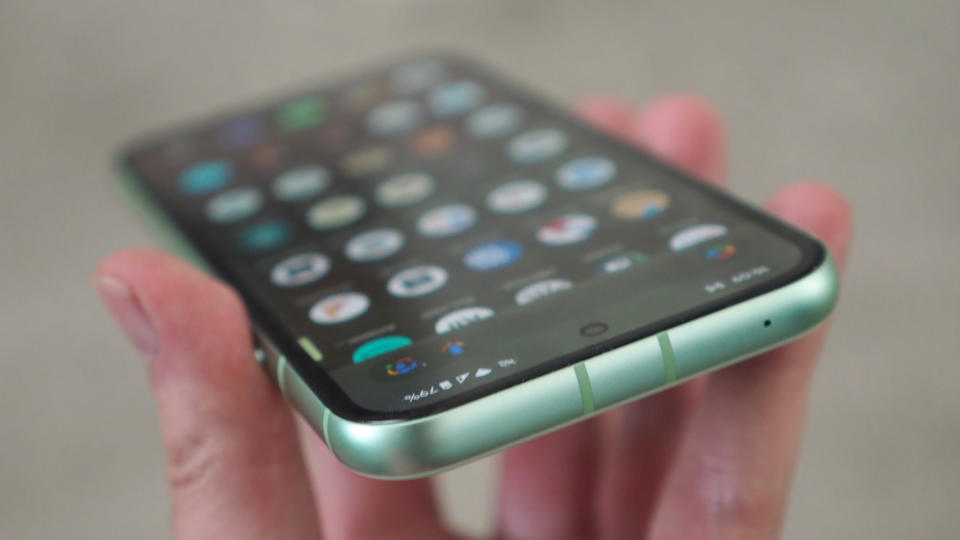
When buying a phone for under £500 there's typically a pared-down approach to the hardware. While the Pixel 8a isn't as powerful as the Pixel 8 Pro on account of its RAM allocation (it's 8GB here, not 12GB), both phones do use one and the same sensor – Google's own Tensor G3.
That's great news as straight out the box I've been getting better gaming performance than I did from the Samsung Galaxy A55, for example. And I do love to dabble in my mobile games to distract and entertain my brain. There's little holding back in ability here, which is great assurance to have.
Not only that, Google is going big on artificial intelligence (AI) features here. Sure, there aren't all of the same features as you'll find on the Pixel 8 Pro (which does some off-device cloud-based generative AI processes for photography edits), but you do get Circle to Search (as first featured in Samsung's S24 range) and plenty more.
That includes Best Take (which can swap individuals' faces in group shots for the perfect smiley/silly/whatever emotion capture), Audio Magic Eraser (which 'layers' the audio based on proximity and sound and can remove irksome background or foreground noise from a recording), and even Magic Editor (move and resize subjects within a shot). Not all totally perfect in implementation just yet, sure, but a lot of fun and a step beyond the basics the other budget phones offer.
3. Major display upgrade
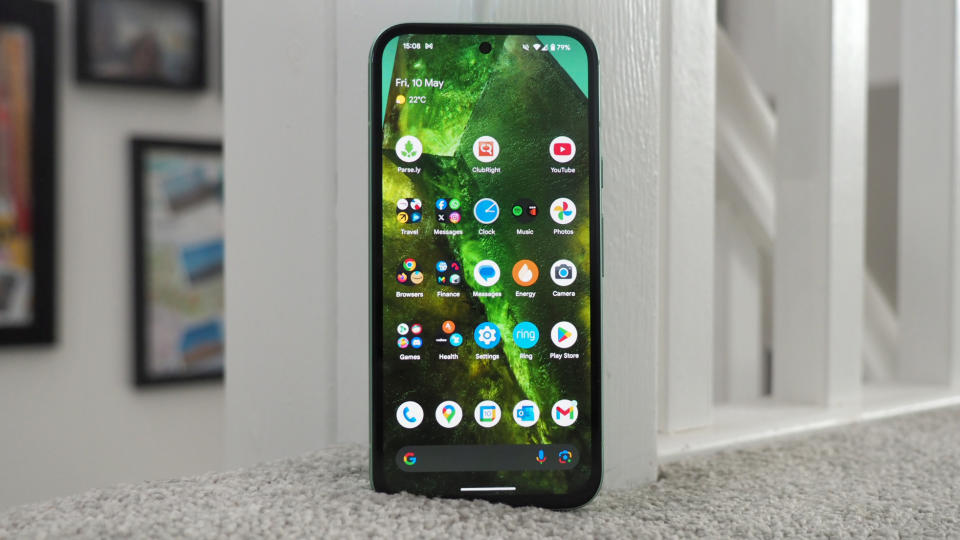
With previous Pixel 'a' phones, Google was a little behind the curve when it came to screen specification. Not so in the Pixel 8a, however, which I've been very happily using these past days thanks to its feature upgrades.
Sure, it's a small phone, at 6.1-inches, but plenty of people don't want a massive palm-dominating handset to carry about. Importantly, however, this upgraded display is now 50% brighter than its predecessor – and having tested the handset inside and out (yes, there's sun in the UK right now!) it's coped very handsomely.
The other point is that the Pixel 8a finally ticks the 120Hz refresh rate box, an advancement over the 90Hz max that's been typical of previous handsets. It's a small but important boost, as when scrolling through content it makes a big difference to the smoothness in how that's seen. About time that came to the more affordable Pixel if you ask me!
In summary
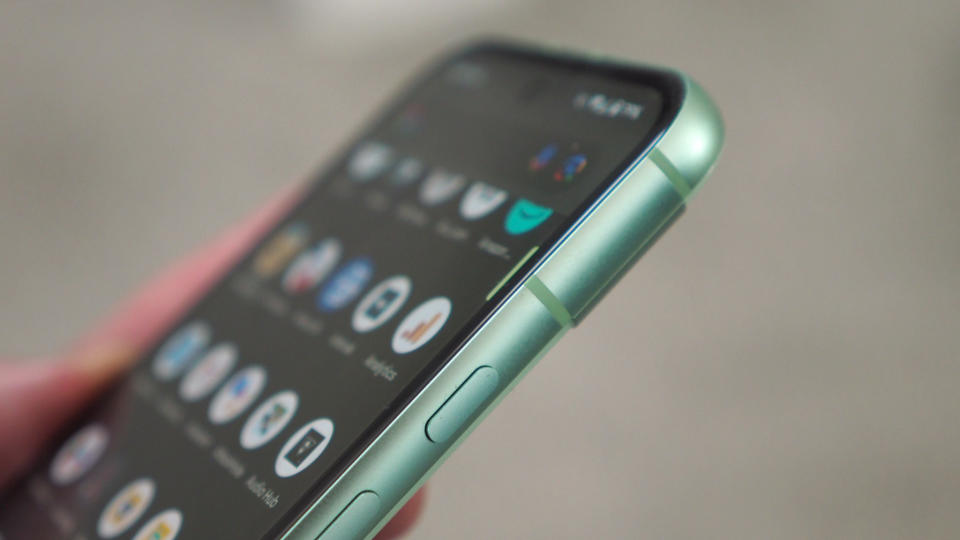
I'm yet to use the Pixel 8a long enough to fully assess Google's handle on this budget market, but early signs are great. It's not super-budget, but as sub-£500 phones go I think Google has a solid feature list here that's been upgraded to align with or better its near competition.
It's that improved screen, already proven cameras, fun colour options, a great finish, and a good dollop of power that's already making me think this is 2024's best affordable Android device. My full review will follow, but first impressions as it goes on-sale to the general public are solid.
